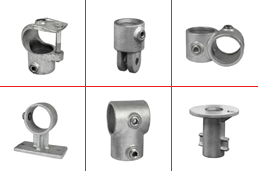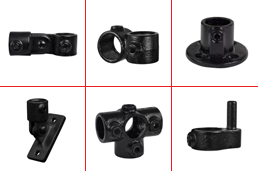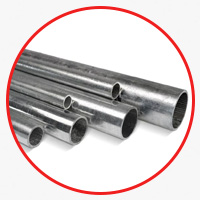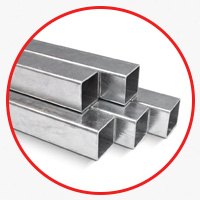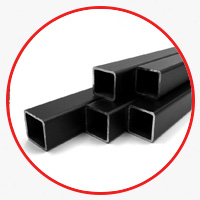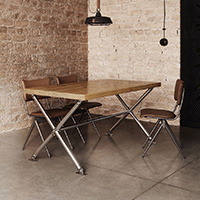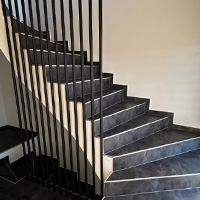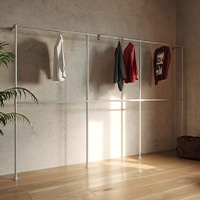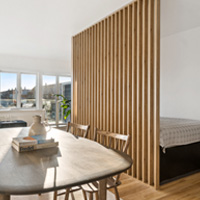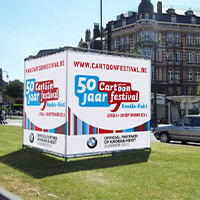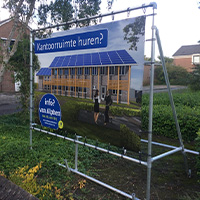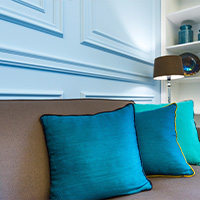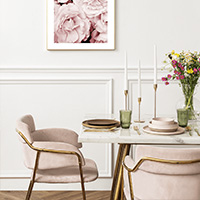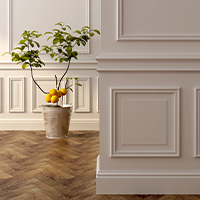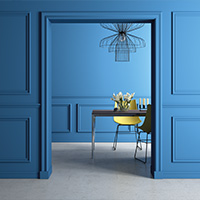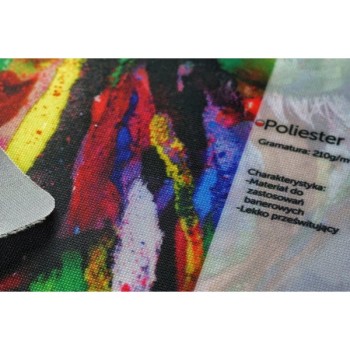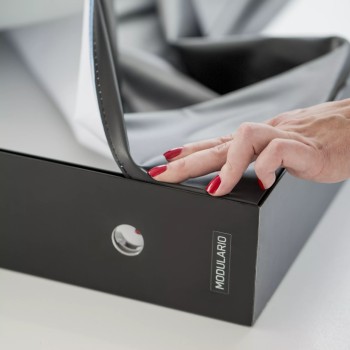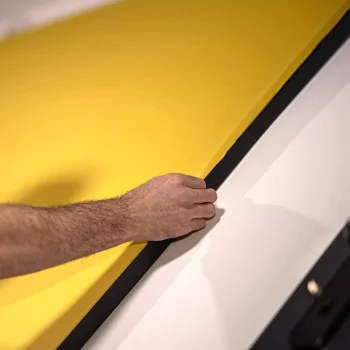Prints on textile fabrics
Polyester 210 Fabric with Sublimation Print – Silicone Edge Finishing
Blockout Nero Fabric without Print, Black Backside – Silicone Edge Finishing
Textile Backlight FL Fabric with Sublimation Print – Silicone Edge Finishing
Prints on textile fabrics
In today's fast-paced world of marketing and advertising, textiles play an increasingly important role in business promotion. Print fabrics are highly versatile and can be used in a variety of forms, from banners and textile walls to interior design and decor. Their durability, flexibility and striking visual qualities make them the perfect choice for companies looking for effective advertising solutions.
Key features and benefits
Print fabrics serve many functions, from business promotion to banners and textile walls to interior decor. Their durability and weather resistance make them the perfect choice for outdoor and indoor advertising solutions. Furthermore, printing technologies such as sublimation and UV provide crisp colours and graphic detail, enhancing the visual appeal of the materials. SEG silicone elastic hem allows easy mounting of fabrics in aluminum frames, which increases their stability and aesthetic appeal.
Features and technical parameters of printing fabrics
Printing fabrics are diverse in terms of composition, grammage and application. Polyester is one of the most popular materials, often used in sublimation and UV printing. Polyester fabrics such as Polyester 210 and Samba ST, stand out due to high durability, lightness and excellent color reproduction. The grammage of these materials is 195 or 210 g/m², which provides them with adequate strength and flexibility. In addition, Textilbacklight FL weight is 270 g/m², giving it greater density and flexibility, perfect for striking backlighting.
Use of fabrics for printing
Fabrics are widely used in advertising and interior decor. The can be used in variety of applications, such as
- Advertising banners: both indoor and outdoor.
- Interior decoration: offices, trade fairs and as part of scenography.
- Textile walls: perfect for trade fairs, events and exhibitions.
- Backlit-illuminated advertising systems: perfect for illuminated signs and other applications requiring visual effects.
On the other hand, Blackout Nero Blackback is used as the back of illuminated walls, providing full opacity and light control.
What are the differences between textile materials for printing?
Fabrics vary in composition, weight and purpose. Textilbacklight FL is flexible and densely woven, allowing the graphic design to be highlighted in a striking way. Blackout Nero Blackback is distinguished by the fact that it does not let light through, which is important in display systems where it is used as the back of an advertising wall. Samba ST , on the other hand, has excellent light diffusion, making it ideal for backlit systems. Each fabric has its own unique characteristics that determine its use in different advertising applications.
Printing on textile fabrics at Tubefittings.eu
Print fabrics offer B2B companies a wide range of options for creating promotional walls and decorations. Their versatility, durability and striking visual qualities make them the perfect choice for customers looking for effective advertising solutions.
Feel free to contact us to arrange the details of your print. We can help you choose the right fabric and create professional materials that are sure to attract customer attention and enhance your brand image.

